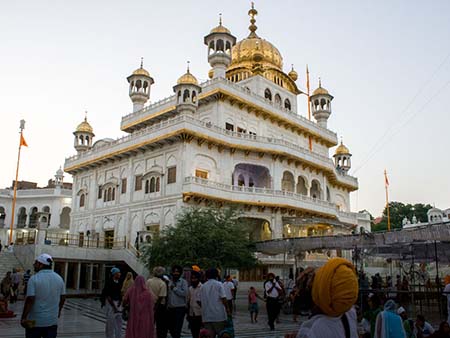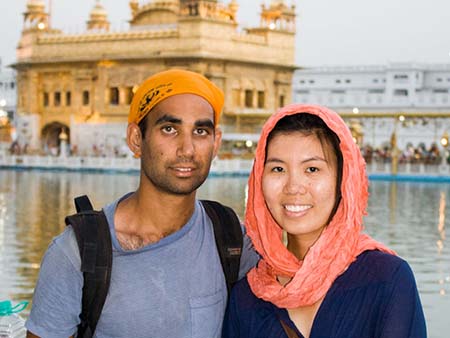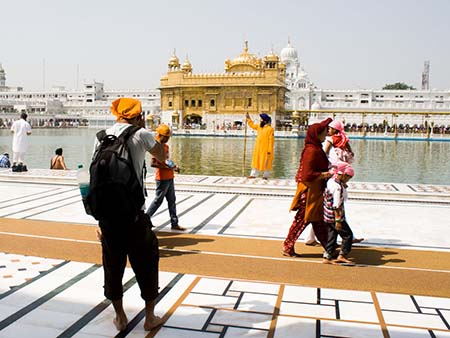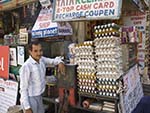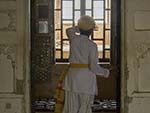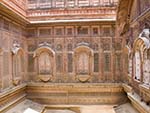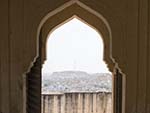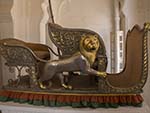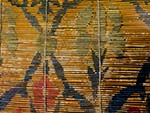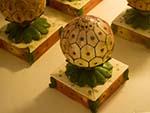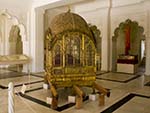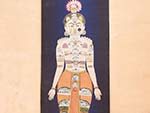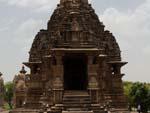The following morning we visited the temple again, before heading to Jallianwala Bagh, a memorial garden for the 1919 massacre. There were many families and tourists strolling through the gardens, visiting the museum explains the tragic occurrences of that day.
We had lunch and then headed back to the hotel where we had arranged a trip to the Wagah border, the road that separates India and Pakistan. Each day, a border closing ceremony is held at sunset where the Indian and Pakistani security forces perform an aggressive but comical military ‘routine’ whilst the gates are closed. When we arrived on our bus, there were many people there already. Street vendors were selling drinks, food, Indian flags and all sorts of souvenirs. It was far more popular an event that I recall during my last visit. The gates were closed and it was sweltering. We lined up, packed amongst what seemed like zillions of Indians and tourists. A fair bit of pushing and shoving took place as everyone was anxious to get into the stands over looking the ceremony. Eventually, they opened the gates to let everyone in. Fortunately, there is a tourist entrance – we were security checked and allowed in. The tourist section was one of the better positions giving us great views of the ceremony.
The Wagah border ceremony started with children passing flags to one another, followed by an entertaining display of military might. The crowd support (in both size and noise) from the India side far exceeded the Pakistani side, which also seemed to be gender segregated (from what we could see).
It was an enjoyable event and by the time we reached our hotel it was nightfall.
thydzikgooglemap(http://sonyaandtravis.com/maps/punjab-india-wagah-border-ceremony.xml,s)



















































































































